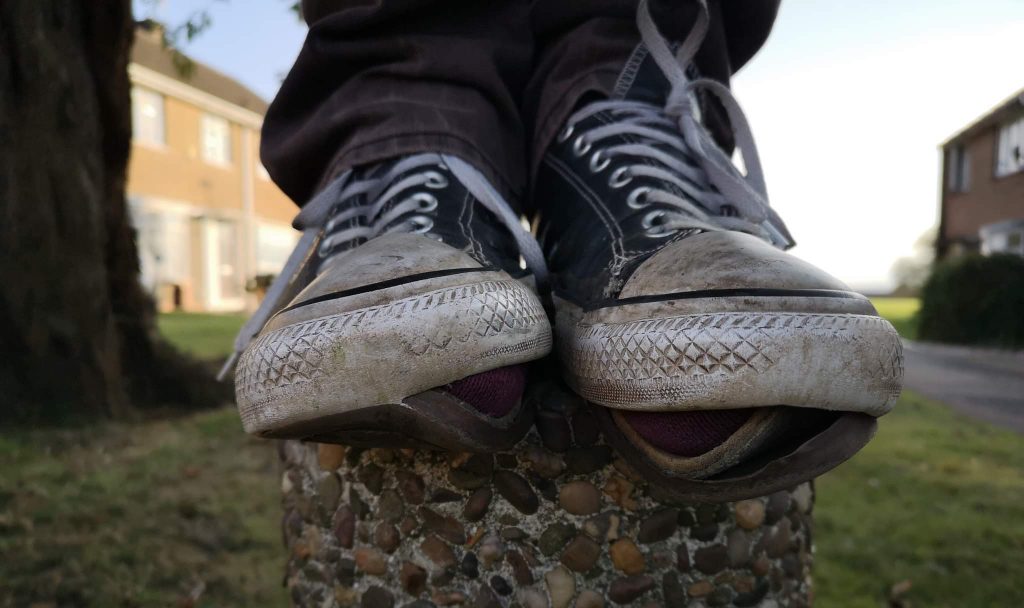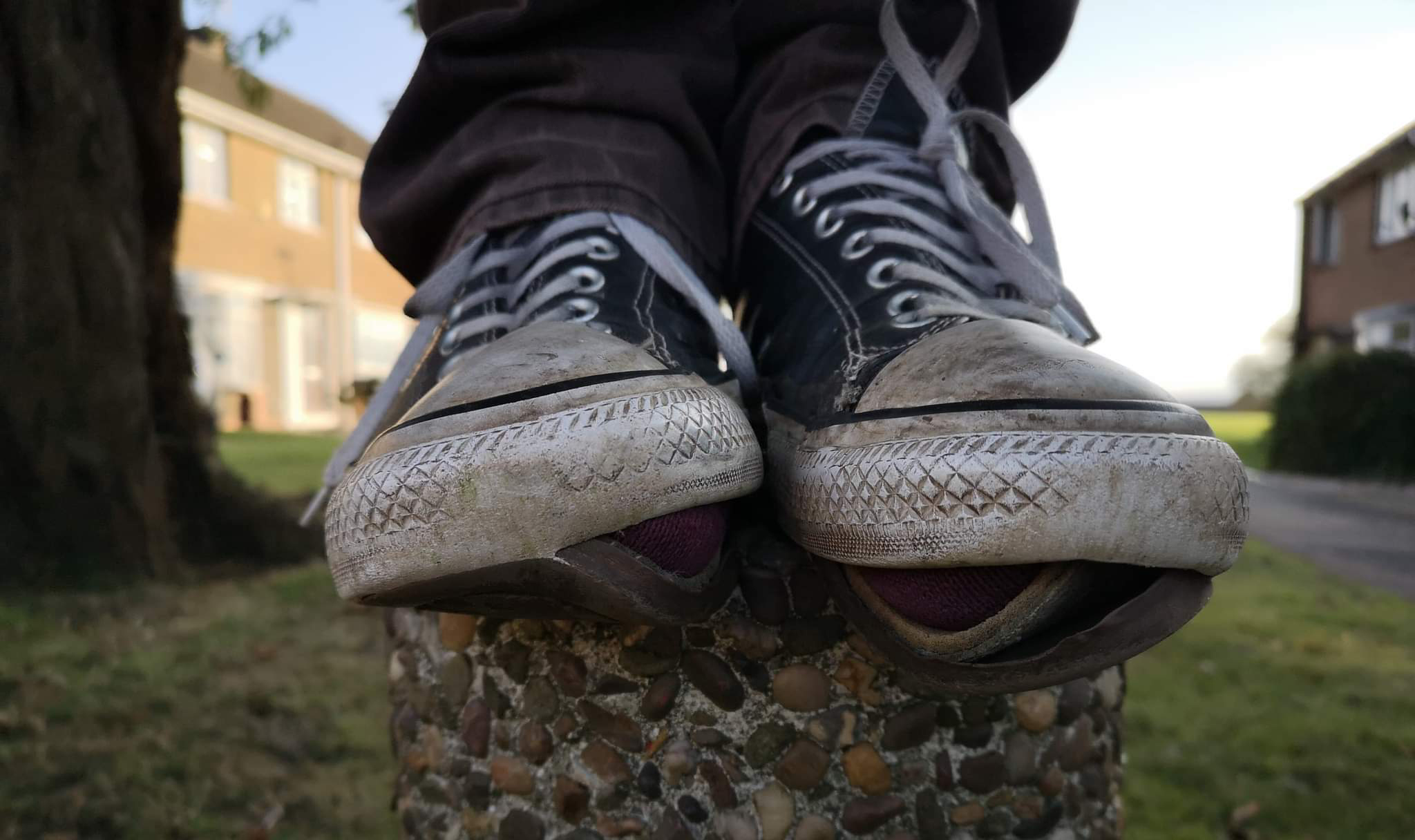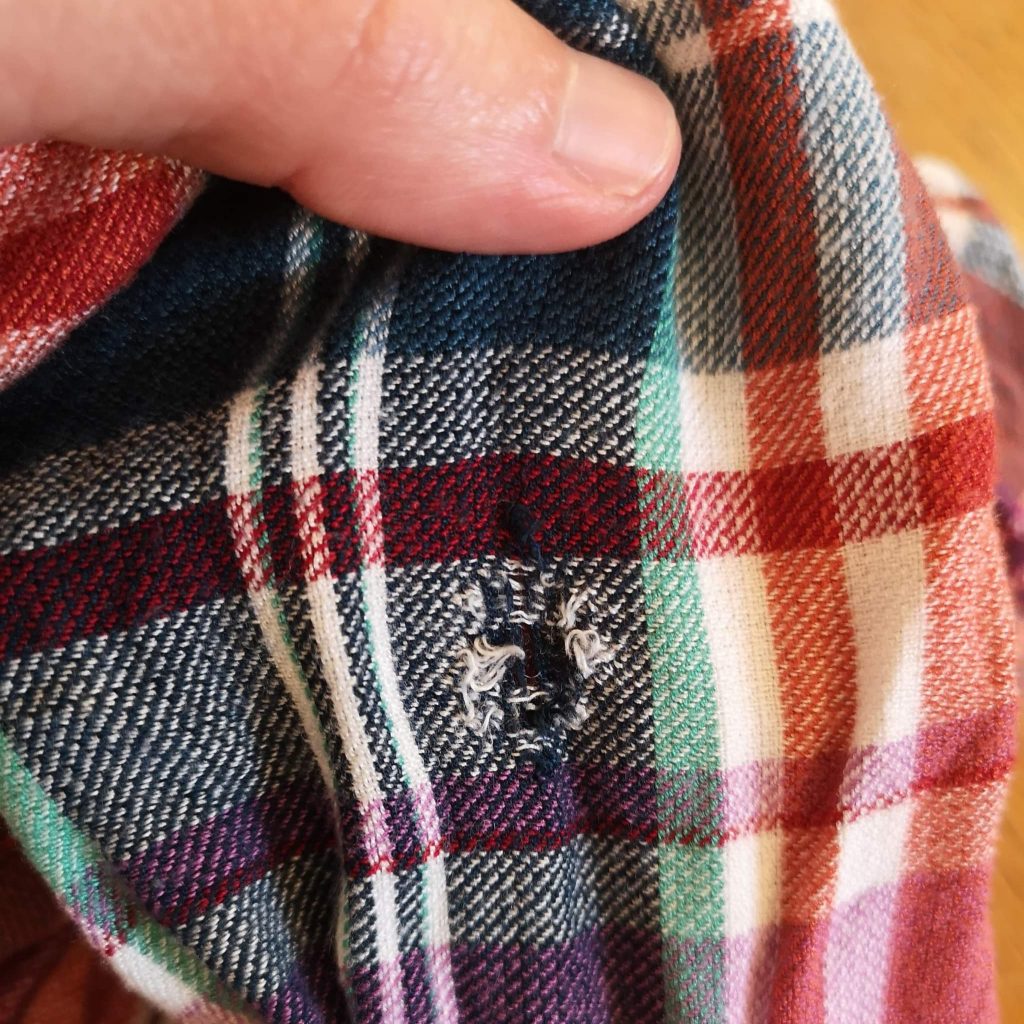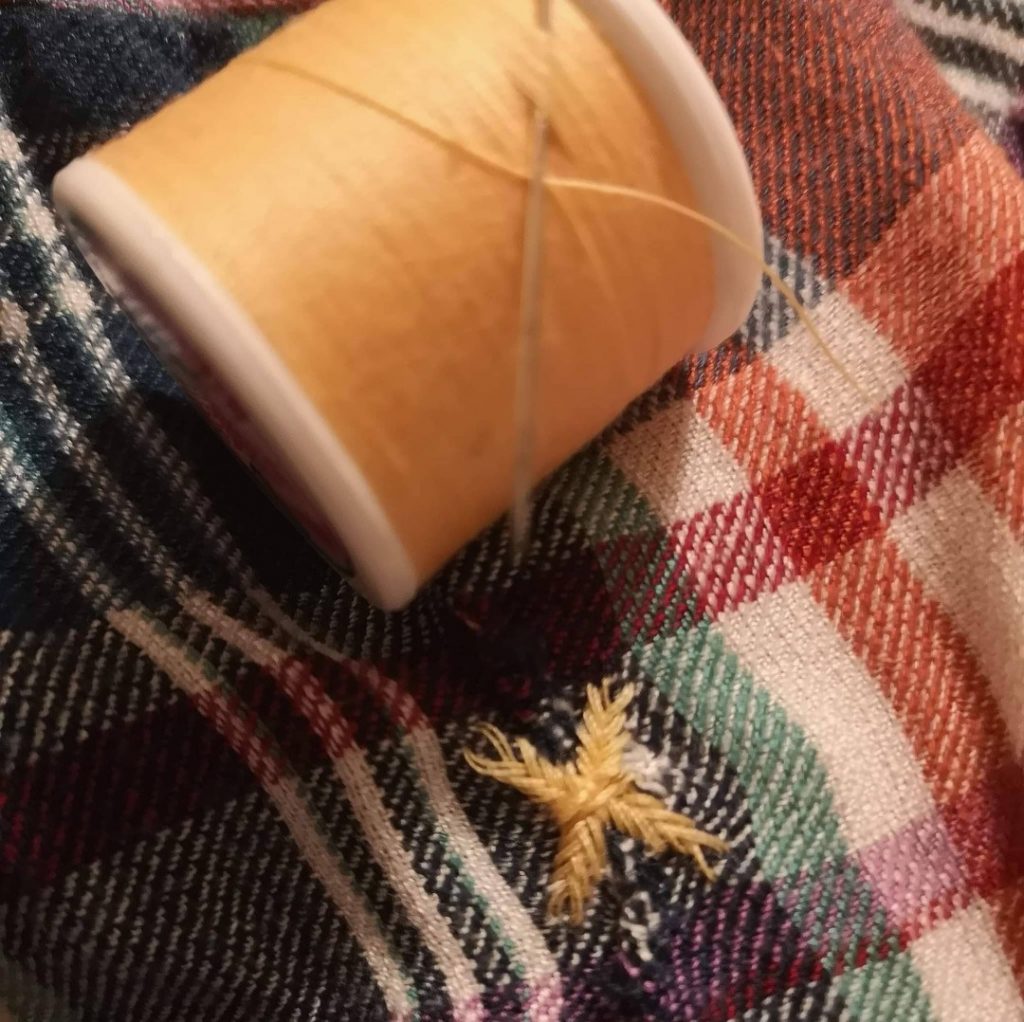I FINALLY BECAME FASHIONABLY RELEVANT! Well, a little bit. You see more and more people are cottoning on (get it?) that the fashion fads that change every second are pretty unsustainable. Slow fashion – been doing it for years. I have t-shirts older than most secondary school kids. So today – I am talking about slow fashion.
This post contains affiliate links to products that I have used or recommend. I have made these as unobtrusive as possible. You can learn more about what these do here.
What is slow fashion?
Okay – so fast fashion is the principal that you get clothes from the catwalk to the high street as quick as possible. There’s a collection for every season. Holiday collections. Immediate cultural references (Carole Baskin on a t-shirt?!). And it will all change next year. So folk will buy those clothes and then, damn – it’s out of fashion, I need the latest look.
That approach sees about £140 million (around 350,000 tonnes) of used clothing goes to landfill in the UK every year. That’s not including unsold stock.
What slow fashion does is put the focus on buying less clothes, less often, that are better made, and made from more sustainable materials. Sounds great! In fact I posted a quote from Vivianne Westwood about this the other day on Instagram. (If you don’t already – follow my social media!). In it I talked about the Samuel Vimes “Boots” Theory of Economic Injustice from Terry Pratchett. And got it completely wrong.
Buying better may last longer – but as a good friend pointed out, buying better might not be a choice available to everyone. Buying better is a privilege, that those “people living in poverty and under systemic oppression” can’t make. Our friend has such a great way with words. And actually – it’s not something we do, unless it’s really specific things like swimming costumes or waterproof dungarees for a child who likes sitting in streams. So how else can we slow fashion down?
Cut your own path
*In my best Tan France voice* “Darling, why follow everyone else – you do you, wear what makes you feel like the best you”. (Can you tell what we’ve been watching a lot of? I love those guys).

You see, the problem with ” fast fashion” based on trends – it tells you you’re not your best unless you are continually up to date. A shift in your mindset to not follow fashion – and to forge your own style is the start of slowing fashion down. In the Greener House, we very much just wear what makes us feel good. I know our friends are similar.
Buy second hand
Mrs Greener is a charity shop aficionado – it’s not often she buys new new clothes. Does she look stylish – hell yes! Charity shops are a great way to kit out your wardrobe without costing the earth – in both senses.
Giving clothes a second life is a great way to extend the life of clothing, and your wardrobe. It might have been fast fashion for someone, but, at least it’s not having one season and ending up in landfill.
Don’t just buy second hand – if clothes are still wearable and you’re having a clear out, try to get clothes to someone that needs them. Not just your high street charity shops but also places like Sharewear who provide emergency clothing, shoes and bedding to people in Nottinghamshire. That jumper you don’t wear any more can help someone who really needs it. High cost items are especially good (like bras), being recycled by charities or used in communities where they are just unaffordable.
With Little Miss Greener’s clothes – unless they were getting passed on to friends or family we would donate the majority to charity shops – although higher cost items like coats we would donate specifically to organisations like The Wrap up Family who donate to homeless, refugees, children living in poverty and people fleeing domestic violence.
Buy to last – or until it falls apart
Everything I buy, I by in the knowledge that I will get at least five years out of it. Sometimes I will wear something loads and then get sentimentally attached and I hold onto it for that reason – I have some festival t-shirts like that. Other things I will wear until they are actually falling apart. Every now and then I will go through my clothes and relegate stuff into vague categories.
- Smart clothes when I want to look presentable in (Work/Occasions)
- Smart casual – this might be shirts that aren’t as sharp as the used to be, nice jumper, new t-shirts
- Clothes for everyday wear/with friends, maybe a little hole or two
- Scruffs – near hanging off.
I have things I like, and they will move through these until they can’t be worn anymore. Occasionally some things stick around a bit longer than they perhaps should! So while I got the Samuel Vimes “Boots” Theory of Economic Injustice wrong, maybe there are ways you can make things last a bit longer. I don’t know if my relegation system does anything to make clothes last longer – but I certainly get more use out of them. As they move through they get more and heavier use. We’ll talk about repair later on.
In the past 15 years I have owned two pairs of Converse. I love them. I have just bought my third. Both pairs have been in near constant wear up until this point:

Now. This might be a bit extreme. And while I wouldn’t wear these to a job interview – I have been wearing them with my toes hanging out fairly regularly for the past year… and maybe this makes up for Converse not being exactly great sustainability wise?
Repair
I could watch videos of people repairing stuff all day. As a kid I grew up around my dad repairing stuff, either around the house or at work where he is a cobbler, repairing shoes. Some stuff – like my poor Converse – are not repairable. They’re not made in a way where they can really be repaired, but a lot of things are!
Mrs Greener recently asked This Greener Community about some repairs on Little Miss Greener’s clothes and you came through! We have a lovely visible repair on one of the few of her clothes we actually bought (most are hand-me-downs!). I think we will be repairing far more clothes going forward which might mean some of my t-shirts can stick around a bit longer
Reduce, Reuse, Repair…
That’s right, we’ve come down to that good old slogan. Well, sort of – we’ve added the repair in there. So recycle – how do we recycle clothes?
The good news is, clothes recycling has become easier with many high street shops offering recycling incentives and clothing banks in most supermarkets (you can find your nearest at the Recyclenow website.
Recycled clothing
With slow fashion being at the forefront currently – we are seeing more and more clothes that contain recycled materials, either entirely or in part. Finally we are closing the loop on the fashion industry and making it more sustainable. By buying recycled clothing you are voting for this, and perpetuating it as a model for the industry (yay!).


